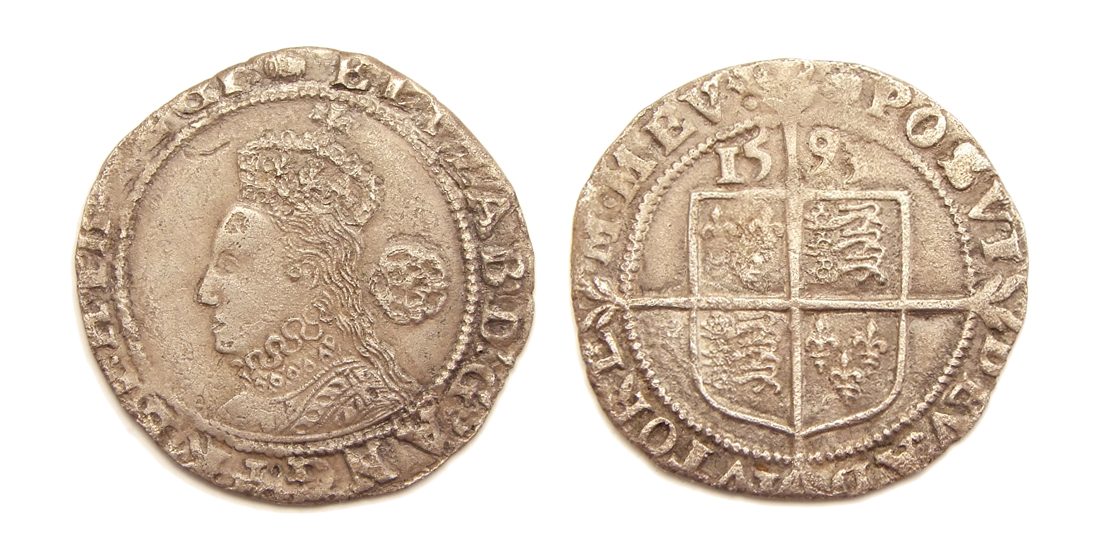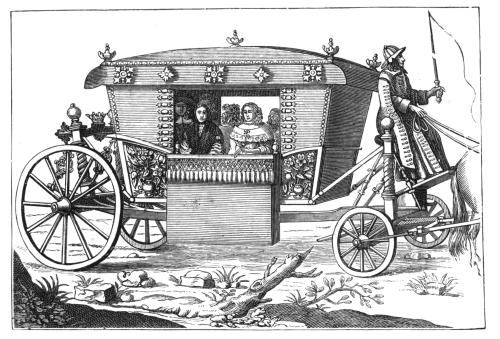The plot of Measure For Measure centres around he arrest of a member of the gentry named Claudio on the command of Lord Angelo. The play begins with The Duke's departure who leaves his trusty second in command Angelo in charge of Vienna. The city of Vienna is steeped with corruption and crime ridden. Unlike the Duke Angelo is very stern and cold, he cracks down on the bubbling corruption by abolishing brothels and goes down hard on any illegal sexual activity. Claudio is arrested for impregnating his soon to be wife, Juliet before the two could be married. Although their intercourse was consensual and by the book sex out of wedlock was highly illegal in that period. Claudio is sentenced to death by Angelo to serve as an example the rest of the citizens of Vienna. Whilst this is all going on we find out the Duke has not left town and remained in Vienna, disguised as a Friar to observe how Angelo rules the city in his stead. Claudio's sister Isabella who is training to be a nun is outraged by her brother's unfair sentence and goes to beg for Lord Angelo's mercy. Angelo quickly falls in love with Isabella however he does not grant her brother his freedom, instead he proposes the only way she could possibly change his mind and free her brother is to share his bed. She refuses and visits her brother to inform him of Angelo's sick, hypocritical proposition. At first Claudio empathises with her but then starts to beg her to take up Angelo's deal. She is outraged by her brothers pleas and left with a huge decision to make. The Duke still disguised intercepts the perplexed Isabella and hatches a plan to free Claudio and bring the corrupt Angelo to justice.
The themes of the play are very much relevant today. This comedy explores justice, judgement and morality, Lord Angelo is left in charge and trusted to take care of Vienna, however he abuses his power and uses it to meet his sexual desires. Although Angelo is cold and strict in his approach and manages to inflict huge damage on the sex trade in Vienna and crack down on crime operating in the city, he is also hugely hypocritical, actually planning to commit a worse offence than Angelo and using his powerful position to get away with it. Religion is also a key theme in the play Shakespeare explores the concept of sin and how far people in that period could go to maintain their innocence and credibility in the face of God. For example from one perspective although the proposition that Angelo strikes is grotesque and hypocritical, Isabella would rather have her brother die than her virginity be severed and not be able to take up a religious position such as a Nun. All laws in that period covering intercourse had a religious undertone. The Duke is well respected in his position of power however when disguised as the Friar he is also well respected as a man of god which just goes to show in that period the most powerful individuals were those of wealth, law and religion.
Sex is another theme in Measure For Measure, brothels and the sex trade are a key part of the inner workings of Vienna and Angelo works hard to rid the city of it. The play touches on the negative problems these controversial establishments and businesses bring such as sexually transmitted diseases, illegitimate children born out of wedlock commonly referred to as Bastards. The play also explores how figures of power such as Lucio a wealthy gentlemen dabbles in this trade often visiting these brothels which he is exposed for later on in the play. As previously mentioned even the most powerful man in Vienna, Lord Angelo has the desire to break his own law by sleeping with Isabella and fulfil his needs.
The idea of gender is also a prevalent theme in the play. The three main female roles have less than flattering occupations and positions, Isabella is a training nun, Mistress overdone owns a brothel, Mariana is Angelo's previous lover who is used to trick Angelo into marrying her. Shakespeare chooses to have these women in limited roles to display a woman's place in society during that period. Although the main role is a training nun which is a rather dull position she is in fact one of Shakespeare's strongest and most fierce female roles. Against all the odds in favour of women in that period she has the bravery to confront powerful male figures and is not afraid to hide here feelings. She challenges Angelo about his laws and complains unapologetically on the treatment of her brother upon the Duke's arrival in full view of his subjects. Which in that period would require tremendous courage.
Measure For Measure was believed to be written by William Shakespeare in 1603 or 1604 and was published in 1623. It's first performance took place in 1604, the play is technically a comedy but also earned the term a 'problem play'.
A contemporary production of Measure For Measure took place on the 6th of December 2013 and was performed at the Pushkin Theatre in Moscow. It was produced by the company 'Cheek by Jowl' and the Pushkin Theatre in a co production with The Barbican situated in London. Artistic director Declan Donnellan recognised the fact Measure for Measure is a very modern play in relation to its themes and ideas. Who wanted to target the theme of control in the play and how one of the main reasons that people are controlled by various companies and corporations is through shaming them. Obviously i was unable to see this play live but i was able to find the trailer on their website. My first impressions were the lighting and sounds were very harsh, uncomfortably bright in some scenes with darkness creeping in. It reminded me of the lighting in an interrogation room or any other powerful but sinister facility like a laboratory. The costumes were fully contemporary, powerful characters such as Angelo wore suits and other lower members of the law like Elbow and the constables were dressed in smart military attire.
| I presume Claudio is the one in the centre, around him seem to be armed military police, heading home the idea that Vienna in this interpretation is a police state. |
Isabella was dressed in a modern nun outfit which was very disturbing to see Angelo cruelly harassing her onstage. Due to the ideology of the nun and the activity Angelo was conducting as well as facial expression.
| Musical instrument being played onstage |
| Torture practise taking place in the background, displaying the idea of cleansing. |
http://www.cheekbyjowl.com/measure_for_measure.php#video (link to the trailer)
To summarise, my character Pompey Bum is Mistress overdone most trusted pimp and one of the fools of the play. He has no regard for Angelo's new law and very much enjoys his line of work. He is painfully funny, perverted and outlandish. Although he is very disrespectful and continues to operate in his trade he is very likeable and has effective but unorthodox people skills. He manages to talk his was out of every risky situation he finds himself in. He tends to try to humour his listener and talk in ream and reams until his persecutor has heard enough and lets him go. He takes pleasure in mocking peoples situation and getting under their skin especially if that characters particular stakes are high. Pompey is finally caught by a dim oafish constable who is constantly on his tail. He is given the choice to aid an executioner to reduce his sentence which he takes gleefully . He uses this opportunity to irritate and laugh at the prisoner in question. He enjoys picking on dim characters and if his sweet talking doesn't go to plan he often uses characters of higher status such as Lucio to bail him out of tight situations. As they visit his brothels.












